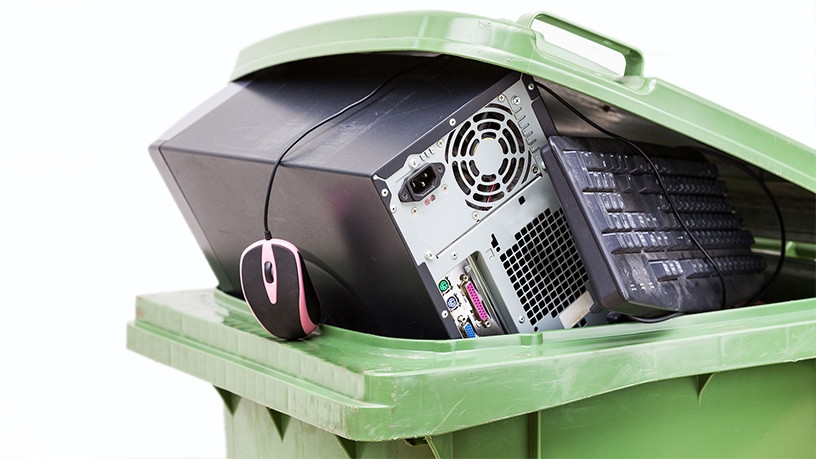
Global electronic waste (e-waste) increased by 8% in two years, with just 20% recycled.
This is according to new information in The Global E-Waste Monitor 2017 released by the International Telecommunication Union (ITU) yesterday.
The global e-waste assessment report was compiled by the ITU, the United Nations' (UN) specialised agency for ICT, together with the International Solid Waste Association (ISWA) and the United Nations University (UNU).
The report seeks to increase global awareness and draw attention to the growing world issue of e-waste.
In a statement, the ITU says the assessment shows in 2016, 44.7 million metric tonnes of e-waste were generated, up 3.3 metric tonnes (8%) from 2014. In 2016, only about 20%, 8.9 million metric tonnes of all e-waste, was recycled.
Experts foresee a further 17% increase to 52.2 million metric tonnes of e-waste by 2021, according to the statement.
"Environmental protection is one of the three pillars of sustainable development and ITU is at the forefront of advocating for the safe disposal of waste generated by ICT. E-waste management is an urgent issue in today's digitally dependent world, where use of electronic devices is ever increasing - and is included in ITU's Connect 2020 Agenda targets," says ITU secretary-general Houlin Zhao.
While the ITU assessment highlights the increasing levels of global e-waste, it also notes the growing number of countries adopting e-waste legislation.
Currently, 66% of the world population, living in 67 countries, is covered by national e-waste management laws, a significant increase from 44% in 2014, reveals the ITU report.
Brahima Sanou, director of the ITU Telecommunication Development Bureau, points out 53.6% of global households now have Internet access.
"The Global E-Waste Monitor represents an important step in identifying solutions for e-waste. Better e-waste data will help evaluate developments over time, set and assess targets, and contribute to develop national policies.
"National e-waste policies will help minimise e-waste production, prevent illegal dumping and improper treatment of e-waste, promote recycling, and create jobs in the refurbishment and recycling sector."
Recycling challenge
The assessment report indicates low recycling rates can have a negative economic impact as e-waste contains rich deposits of gold, silver, copper, platinum, palladium and other high-value recoverable materials.
It estimates the value of recoverable materials contained in e-waste generated during 2016 was $55 billion, which is more than the gross domestic product of most countries in the world.
According to Jakob Rhyner, vice-rector at UNU, as the world's e-waste problem continues to grow, improved measurement of e-waste is essential to set and monitor targets, and identify policies.
"National data should be internationally comparable, frequently updated, published and interpreted. Existing global and regional estimates based on production and trade statistics do not adequately cover the health and environmental risks of unsafe treatment and disposal through incineration or landfilling."
Antonis Mavropoulos, president of ISWA, adds: "We live in a time of transition to a more digital world, where automation, sensors and artificial intelligence are transforming industry and society.
"E-waste is the most emblematic by-product of this transition and finding the proper solutions for e-waste management is a measure of our ability to utilise the technological advances to stimulate a sustainable future and to make the circular economy a reality. We need to be able to measure and collect data and statistics on e-waste, locally and globally, in a uniform way," Mavropoulos concludes.
Share